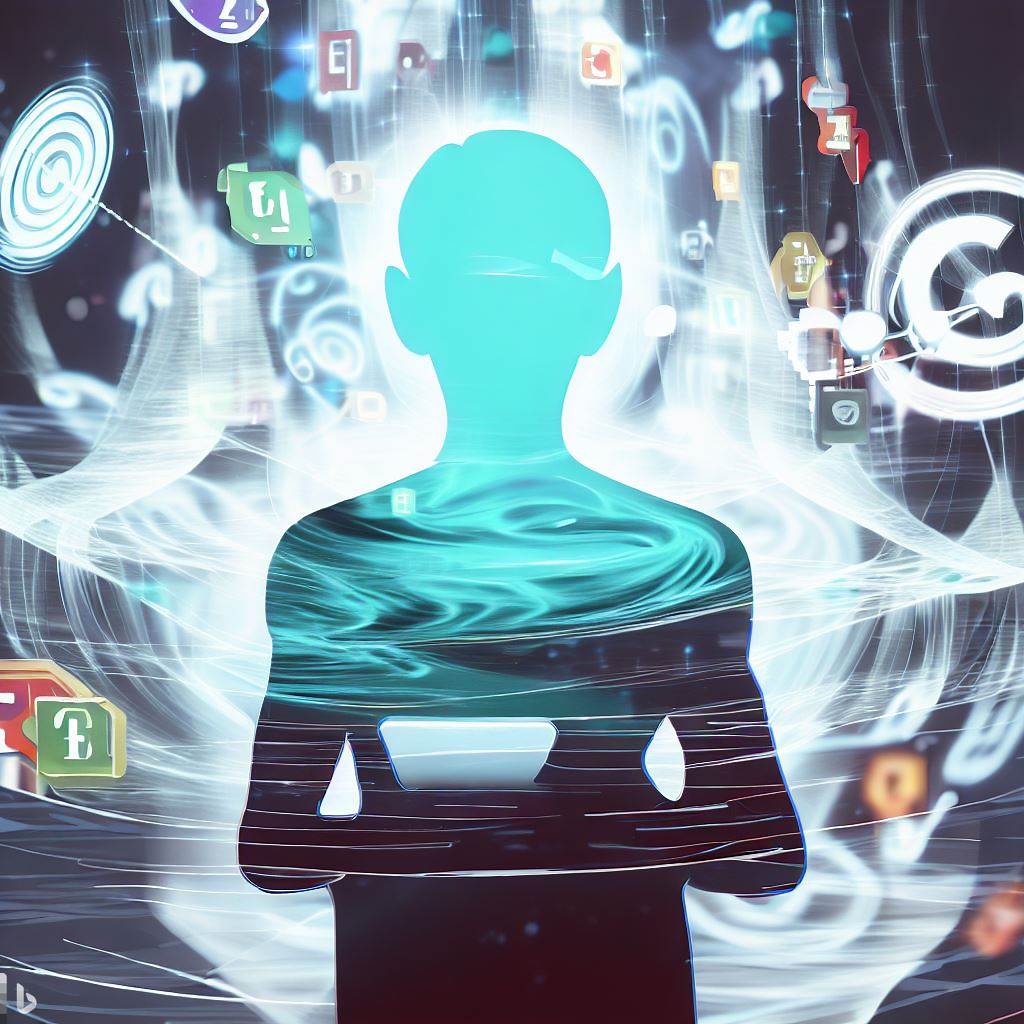
User-generated content is a significant trend in virtual worlds and its importance only appears to be increasing. In a recent development, Epic Games has offered its Unreal Editor for Fortnite to Fortnite creators. Users of Unreal Engine, the famous game engine developed by Epic Games, will find many familiar tools and workflows as well as some key differences and limitations not present in Unreal Engine, as explained in Epic’s blog post. Epic Games is also creating a marketplace and an economic model for its creators, with the intention of maintaining an open ecosystem where creators can sell their products elsewhere.
This move helps broaden Fortnite’s appeal not just for individual creators and small studios, but also for major brands seeking to launch their own unique experiences. Potential connections can be made with major trends such as web3 and generative AI. Non-fungible tokens (NFTs) facilitate ownership, while generative AI simplifies the use of creative tools in virtual environments, making the process more efficient. The practice of equipping creators with sophisticated tools is evolving quickly and is expected to see significant advancements in the coming years.
The medium of virtual worlds has evolved beyond a one-way channel serving prepackaged experiences. Instead, it is now an interactive platform that allows users to become co-creators. However, examining user-generated worlds such as Roblox, Fortnite Creative, Rec Room, and Second Life, it appears that only a minority of people are currently creating new content. This minority is set to grow exponentially as content creation becomes more straightforward. People have a natural inclination towards creation, as demonstrated by platforms like Instagram, TikTok, and YouTube, to name a few. However, the process needs to be accessible (i.e., not requiring professional coding skills) and enjoyable. Generative AI and improved interfaces will simplify the setup of 3D environments.
Curation
For content consumers, the challenge will be discovering intriguing material amid the avalanche of digital creations. Interesting content and niche communities will be dispersed across numerous platforms. Major brands and social media influencers will have an edge, but what about content that might be fascinating yet lacks the push from significant social media accounts? Internet users often belong to subcultures and specialized communities, but even there, curation is becoming more difficult. AI might offer a solution, but will we understand how these recommendation engines work and be able to adjust them accordingly?
Content producers may struggle to get noticed. For the majority, reaching a mass audience will be unattainable. However, it may be sufficient to find a smaller group of intensely engaged followers. Perhaps web3 can assist in finding a business model that utilises NFTs for token gating, reserving content for those who hold a particular NFT or a collection of NFTs.
